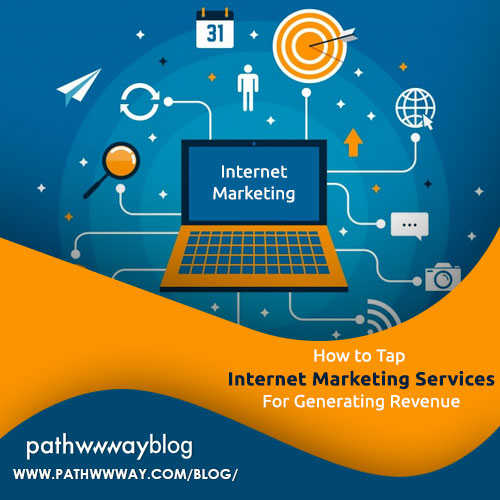Has the Amount of Choice on the Internet Ended the Use of Customer Loyalty Programs?
Is
brand loyalty a quaint notion and an old-fashioned one at that, in a business
world where customers defect at the click of a mouse and shopping bots scour
the databases and sites looking for better deals? The big question retailers
worldwide are asking is whether the amount of choice on the Internet has ended
the use of customer loyalty programs. The faceless anonymity of Internet as an
international marketplace makes many strategists feel loyalty must be on the
verge of extinction. This is incorrect, however. Customer loyalty may have
undergone a change, but it is present and alive.
Customer Loyalty in an E-Commerce World
Chief
executives of leading brands from Dell’s Michael Dell to eBay’s Meg Whitman and
Vanguard’s Jack Brennan value customer retention even now and consider customer
loyalty initiatives to be vital to the success of their online operations. In
the internet age, loyalty online is an economic necessity, in fact. The reason
for this should be obvious. Acquiring customers online is expensive and unless
customers stick around or make repeat purchases across the years, profits
remain questionable.
This
is why customer loyalty programs are a competitive necessity in nearly every industry, with
companies increasingly harnessing the potential of the World Wide Web to create
awesome value for customers. In fact, customer loyalty is the key to locking in
a profitable sales relationship, at the cost of slow-thinking rivals. Without
the bond of loyalty, even the most well meaning business model will fail
miserably, more so in the digital age.
Bain
and Company, for example, found evidence contrary to the common perspective
that web customers are fickle by nature and go to the next business idea in a
flash. The researchers at Bain & Co actually found that the modern
corporate ecosystem and the internet marketplace is a sticky space, even in B2B
or B2B transactions. Most customers exhibit a clear tendency towards brand
loyalty and customer retention programs used correctly reinforce this inherent
loyalty. If customers are not able to gain the profits from their existing
customers, they will face a dismal future, even in the internet era.
New
economy gurus may have argued that Internet marketplaces have overturned the
old rules of business, but it remains valuable to retain customers and evince
brand loyalty even today. The only difference is loyalty is now about earning
the right kind of customers. Your brand needs to deliver a superior experience
consistency so clients would do business with you. In fact, researchers have
found raising customer retention rates by as little as 5 percent raises profits
by 25 to 95 percent.
The Rise of Brand Advocacy
Along
with purchasing more, even in the present age, loyal customers refer new
clients to a retailer, providing another rich source of profits. Referrals are
lucrative, more so with the advent of the internet as this amplifies
word-of-mouth publicity. Online customers use mail to broadcast recommendations
for desired websites to friends and family members.
Referred
customers also cost less to acquire so they generate profits much earlier in
the customer life cycle. For example, WSJ documented how eBay is spending less
than USD 10 to acquire new customers through referrals! Thanks to the internet,
eBay is driven by word of mouth and has found the cost of sustaining referrals
is even low. The implication is clear for the sceptics: You cannot generate
long term profits unless customer loyalty programs are in place.

